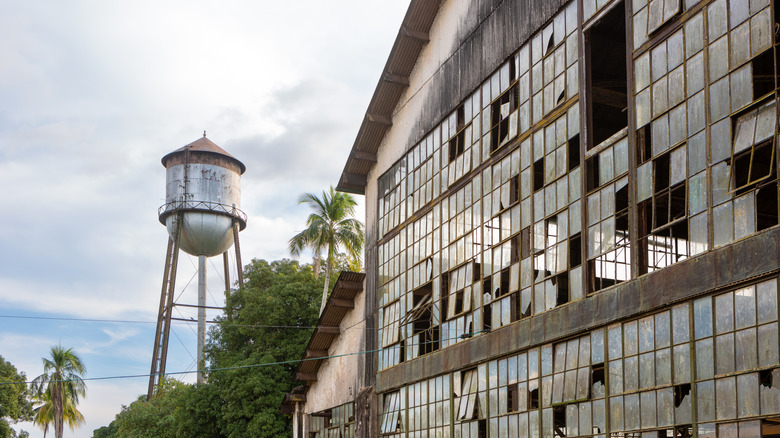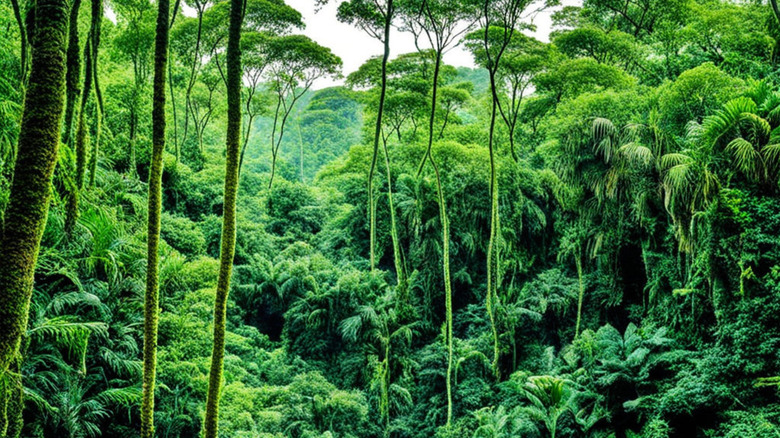Several pioneering industrialists of the 20th century, such as John D. Rockefeller, Andrew Carnegie, and Cornelius Vanderbilt, had no shortage of ambition, and seeing immense success from their business ventures, sought to make a positive social impact as well. These historical figures became titans in the oil, steel, and railroad businesses, later starting foundations for well-being, financing libraries, and building academic institutions for the betterment of society.
Advertisement
Similarly, Henry Ford, the man behind America’s first major automotive giant, sought to use his position and resources to make a positive impact on the world. While he is known for making automobiles more accessible to the average American, including two of the most successful models in Ford history, he was also known for his generosity toward his staff. With a belief centered around treating others fairly, Ford believed that this approach would create better people in general, who were more accountable.
With this fair treatment philosophy being a tent-pole of his success in the US, Henry Ford set his sights on a dramatically ambitious project in the Amazon jungle that combined his business practices, some philanthropy, and hopefully a cheaper means of rubber for his vehicle’s tires. Unfortunately, due to infighting, the challenging environment, parasites and plant disease, Ford’s utopian city of Fordlandia was doomed from the start, and support for the project was ultimately terminated following World War II.
Advertisement
A clash of cultures and imposed restrictions made Fordlandia a volatile place
Appearing in The Magazine of Business in 1928, via The Henry Ford Organization, the automaker stated, “We are not going to South America to make money but to help develop that wonderful and fertile land…We’ll train the Brazilians and they’ll work as well as any others.” Despite Ford’s good intentions, problems between American and Brazilian workers quickly surfaced. The regimented work style of the American staff was jarring to the indigenous Amazonians.
Advertisement
For example, Fordlandia installed a whistle to synchronize workers to shift hours, breaks, and other proceedings, which was so loud it could reportedly be heard up to seven miles away. Also, Ford implemented a strict time clock procedure, which recorded all workers’ comings and goings; familiar to those from the US, but not to rural Brazilians at the time.
It wasn’t just work habits that Ford wished to shape in Fordlandia. For example, he tried to force workers to consume foods like whole-wheat bread and brown rice, based upon his views of healthy eating. This created animosity among locals, who became resentful towards the controlling policies. Outright banning alcohol also didn’t go over well, leading to Fordlandia officials attempting and failing to eradicate it from the city. These situations resulted in building and equipment damage, knife fights, and even riots. At one point, Fordlandia leadership had to flee by ship from angry locals, seeking help from the Brazilian military to restore order.
Advertisement
The harsh jungle environment, and pests resulted in lackluster rubber production
One of the goals of Fordlandia was to cultivate rubber from Brazilian trees, making tire manufacturing cheaper. However, the challenge of just clearing the land from thick jungle into usable parcels was overwhelming. From stinging insects, warping wood, corroded tools, and difficulties around the rainy season, the thick canopy seemed to conspire against Ford’s vision.
Advertisement
Even the site chosen seemed ill-fated, as, according to Jalopnik, even now you can’t reach Fordlandia without an 18-hour boat ride from the nearest population center. This meant that products and supplies couldn’t make it out or back into the jungle very quickly.
As if these weren’t enough of an uphill battle, the Amazonian tree Ford needed to plant to make rubber suffered from both disease and parasite infestation. Unfortunately, close, organized rows of planted trees weren’t possible, because if placed too near each other, it resulted in infection.
This had to be devastating to Ford, who prided himself on maximizing efficiency with regulated processes, much as he did with his automobile factories back in the US. Since more space was needed between trees, more land had to be cleared, creating a cyclical pattern of battling nature to clear the native vegetation. Unfortunately, even as more trees were planted, many continued to fall ill, resulting in little success towards cultivating meaningful amounts of rubber. However, not every company had such bad luck in the region, as this is one of many locations where Michelin tires are made.
Advertisement










